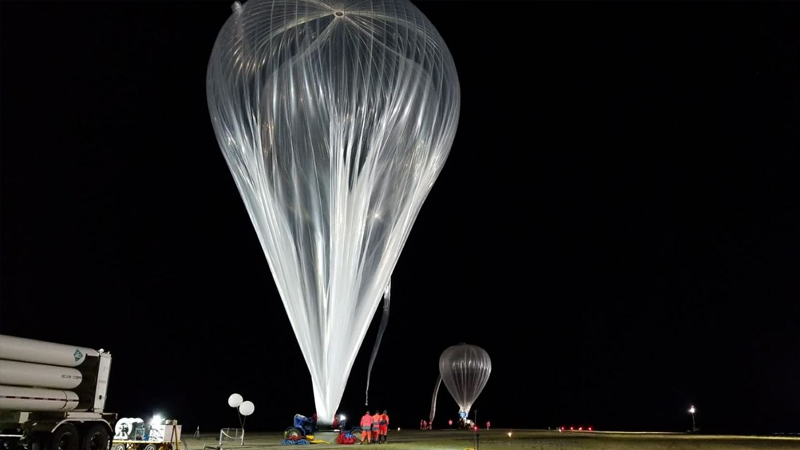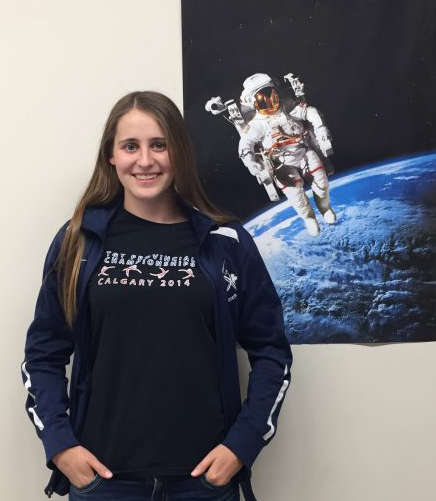
The fourth stratospheric balloon of the STRATOS Campaign, which carried the AlbertaSat payload.
(Edmonton) A high-tech camera designed by University of Alberta engineering students hitched a ride on a Canadian Space Agency (CSA) stratospheric balloon on Aug. 22 in Timmins, ON.
The multispectral imager was created to help scientists predict and monitor forest fires.
"It's designed to take photos in four bands in the electromagnetic spectrum," said Taryn Haluza-Delay, a fourth-year engineering physics student and AlbertaSat systems engineer who worked extensively on the payload's mechanical and optical subsystems.
"The prototype that flew on the balloon measures in one band, but was able to test out the imager's entire performance."
The multispectral imager is the primary payload that is flying on Ex-Alta 2, AlbertaSat's second cube satellite, set to launch in 2021.
"With this test, we hope to test our current prototype and see how it functions in an uncontrolled test in the stratospheric environment," said Haluza-Delay.
The AlbertaSat payload was selected to be part of the Canadian Stratospheric Balloon Experiment Design Challenge, a competition for Canadian post-secondary students to design experiments to fly aboard a high-altitude balloon provided by the CSA.

Taryn Haluza-Delay, fourth-year engineering physics student and AlbertaSat systems engineer. (Source: AlbertaSat)
The 250-kg gondola carried other payloads, including those from the University of Toronto and the CSA itself.
The flight lasted 10 hours and reached a maximum altitude of 30 km.
"We plan to proceed with a second design iteration that corrects all of the design flaws we encountered while assembling the prototype and running the experiment," explains Haluza-Delay.
This AlbertaSat team is made up of primarily mechanical, software and engineering physics students who have been working on different subsystems of the satellite prior to the balloon mission.
Funding for this payload came primarily from the CSA, which granted the team funds for travel and to cover some of the hardware costs.
AlbertaSat expends a portion of its budget to prototyping, so all other expenses were covered by the group. These funds come from past crowdfunding campaigns, the university, and government grants.
With the recently accepted Canadian CubeSat Project proposal, they will continue to work on the design
and prototyping of Ex-Alta 2.